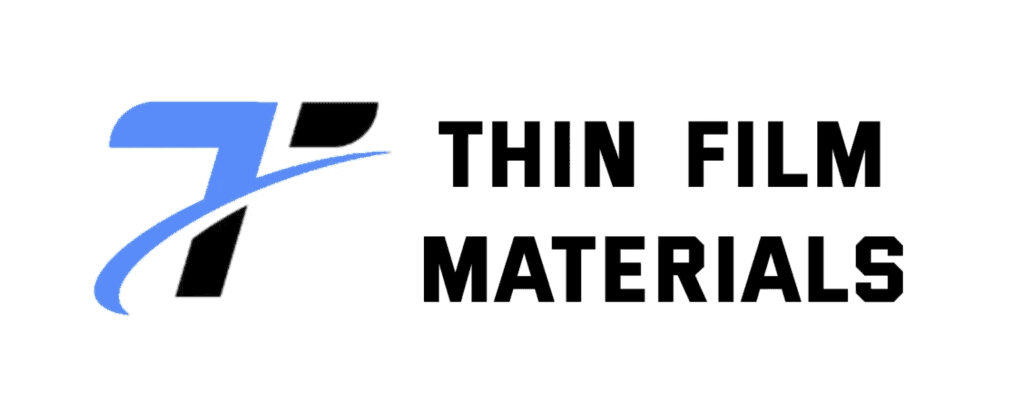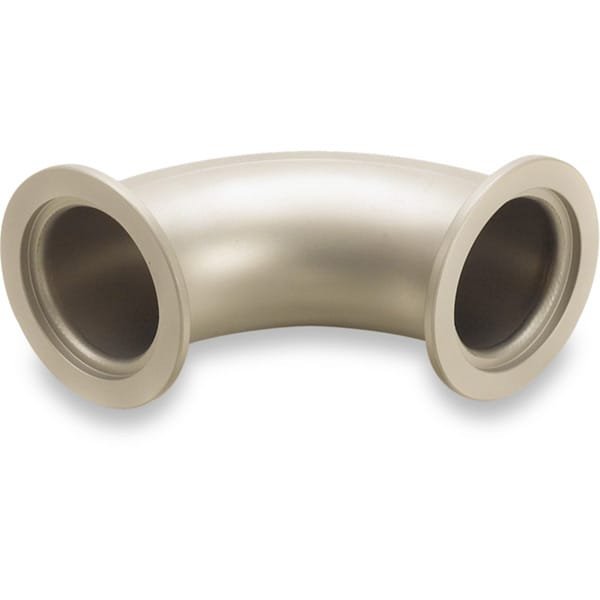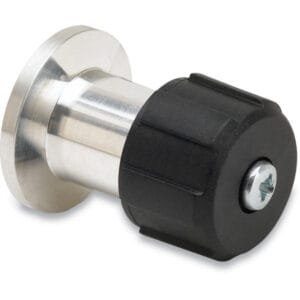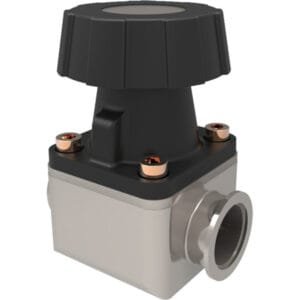90° KF (QF) HV Radius Elbows
90° KF (QF) HV Radius Elbows are precision-engineered components used in high-vacuum (HV) and ultra-high-vacuum (UHV) systems. These elbows are designed to provide smooth and efficient directional changes in vacuum lines, ensuring optimal gas flow and minimizing the potential for turbulence and pressure loss.
Key Features
Material: Constructed from high-quality stainless steel (304L or 316L), offering excellent durability, corrosion resistance, and minimal outgassing, making them perfect for vacuum applications.
Compact Radius Design: The 90° bend radius is designed for applications where space is limited, yet performance cannot be compromised.
KF (QF) Flange Connection: Equipped with ISO-KF (QF) fittings, allowing for easy and reliable connections to other vacuum components without the need for welding.
Leak-Tight Seal: Ensures secure, leak-free operation in both HV and UHV environments, crucial for maintaining system integrity.
High-Performance: Designed to maintain optimal gas flow and minimize pressure drops, these elbows are ideal for high-performance vacuum systems.
Applications
Semiconductor Manufacturing: Used in processes like thin film deposition, plasma etching, and ion implantation, where smooth vacuum lines are essential for precision.
Research Laboratories: Important for systems requiring stable and clean vacuum conditions, such as in particle accelerators, spectroscopy, or electron microscopes.
Vacuum Coating and Sputtering: Essential for industries like optics, electronics, and solar panel production where high-quality vacuum systems are crucial for material deposition.
Industrial Systems: Suitable for applications in aerospace, pharmaceuticals, and chemical processing where reliable vacuum performance is required.
Why Choose TFM’s 90° KF (QF) HV Radius Elbows?
Reliable Leak-Free Operation: Engineered for secure, airtight connections.
Durable Construction: Made with high-purity stainless steel for maximum longevity and resistance to corrosion.
Efficient Gas Flow: Designed to minimize pressure loss and turbulence for improved system performance.
Flexible Sizing: Available in various diameters and configurations to meet custom vacuum system requirements.





Reviews
There are no reviews yet.